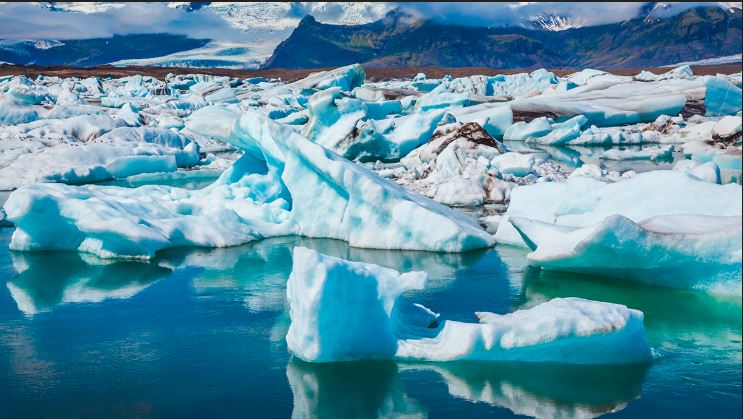
Extreme weather events this year have sparked climate change conversations across the globe. Wildfires fill the California skies with smoke, major heat waves hit the
United Kingdom and Japan, and record rainfalls have punctuated a hot New York summer with severe flooding events. With sweltering temperatures and damaging storms, many people wonder: “Is this weather caused by climate change?”
Yes.
Although individual weather events cannot be attributed to climate change, these changing patterns and trends in the weather are the result of increased
greenhouse gas emissions over the past two centuries and a changing climate. The real question is: how can we fight climate change? Tackling such a global issue is a complex task. Land trusts play a crucial role in this work, and the Mohawk Hudson Land Conservancy is working to protect landscapes which naturally sequester carbon, reduce greenhouse gases, and provide climate-resilient habitats. Through the conservation of undeveloped lands, we are fighting climate change.
Carbon Sequestration
The majority of MHLC’s protected lands are forested landscapes. These forests provide habitat for wildlife and filter air and water for our communities, but they are also natural sequesters of carbon. As trees photosynthesize, they trap carbon from the atmosphere in their tissues. According to the U.S. Department of Agriculture, “one acre of forest absorbs six tons of carbon dioxide and creates four tons of oxygen – enough to meet the annual needs of 18 people.” Forests are carbon sinks: by protecting them, we slow climate change by removing greenhouse gases from the atmosphere.
Climate Resilience
By strategically planning our conservation, we can better protect the lands which will store carbon and which will help our ecosystems survive an already-changing climate. To date, we have protected more than 5,000 acres, with many more acres to be announced in the coming months.
We prioritize our land projects based on several Conservation Criteria, including climate resilience.
When we use the term “resilient,” we are referring to the ability of a landscape to support a variety of plants and animals in a changing climate. The Nature Conservancy has been studying resilience for over a decade and has created mapping tools which MHLC uses to examine our service area through a lens of resilience.
Resilient areas often have steep topography and water features which create natural cooling: our work in the Bozen Kill Conservation Corridor is a great example of protecting a resilient landscape.
Act Locally For Global Impact
Our land protection work is more important than ever: but conservation is only one piece of a much larger puzzle. As the Mohawk Hudson Land Conservancy grows, protecting more land and expanding into new areas, we work to improve in our efforts to fight climate change. We continue to partner with other environmental
and climate-focused organizations, with experts, and with landowners to put together many pieces of this puzzle: the fight against climate change.
Sarah Walsh
Conservation Director,
Mohawk Hudson Land Conservancy
